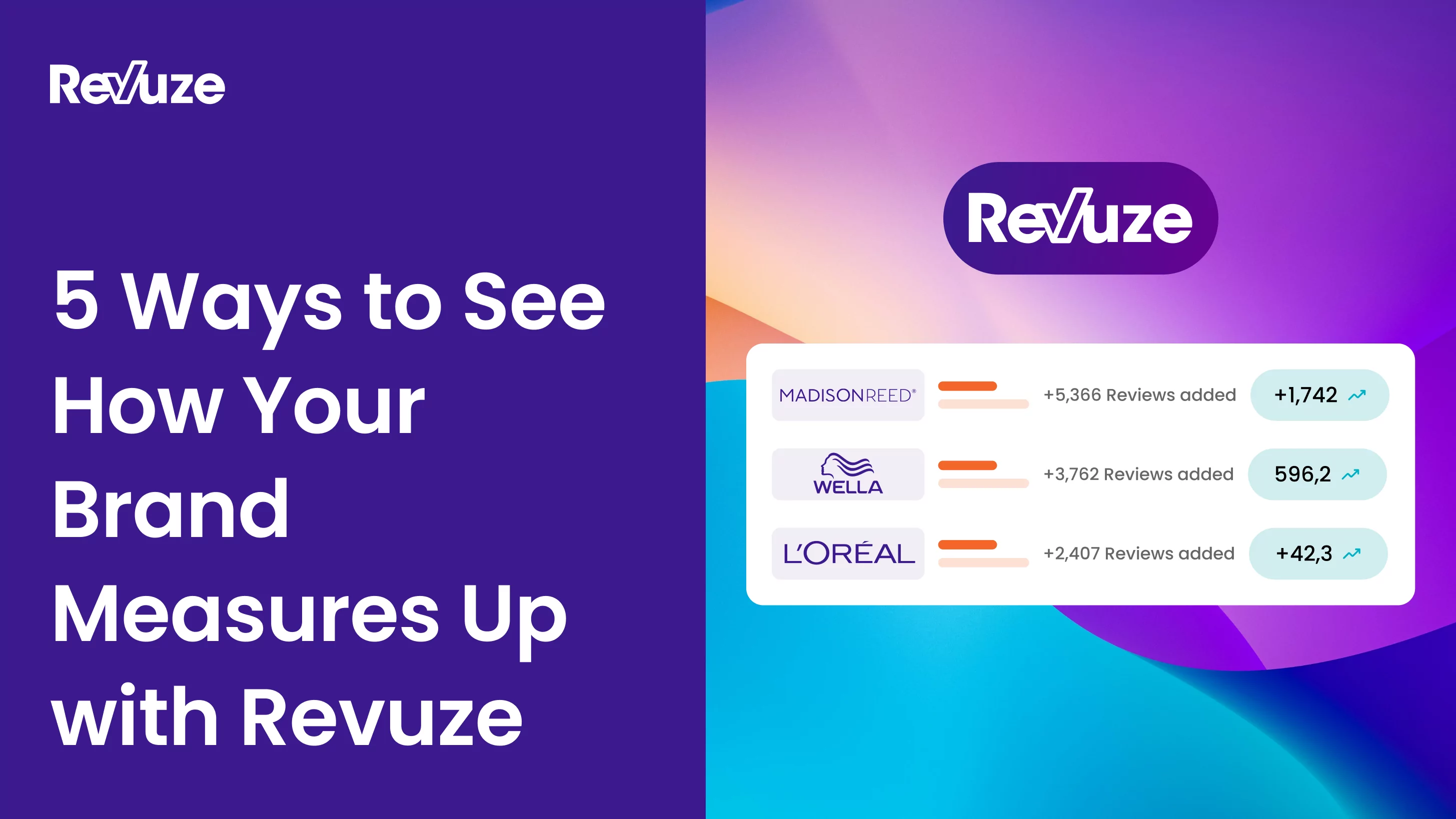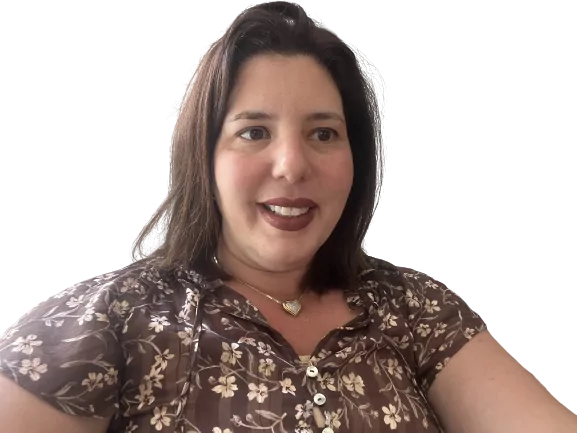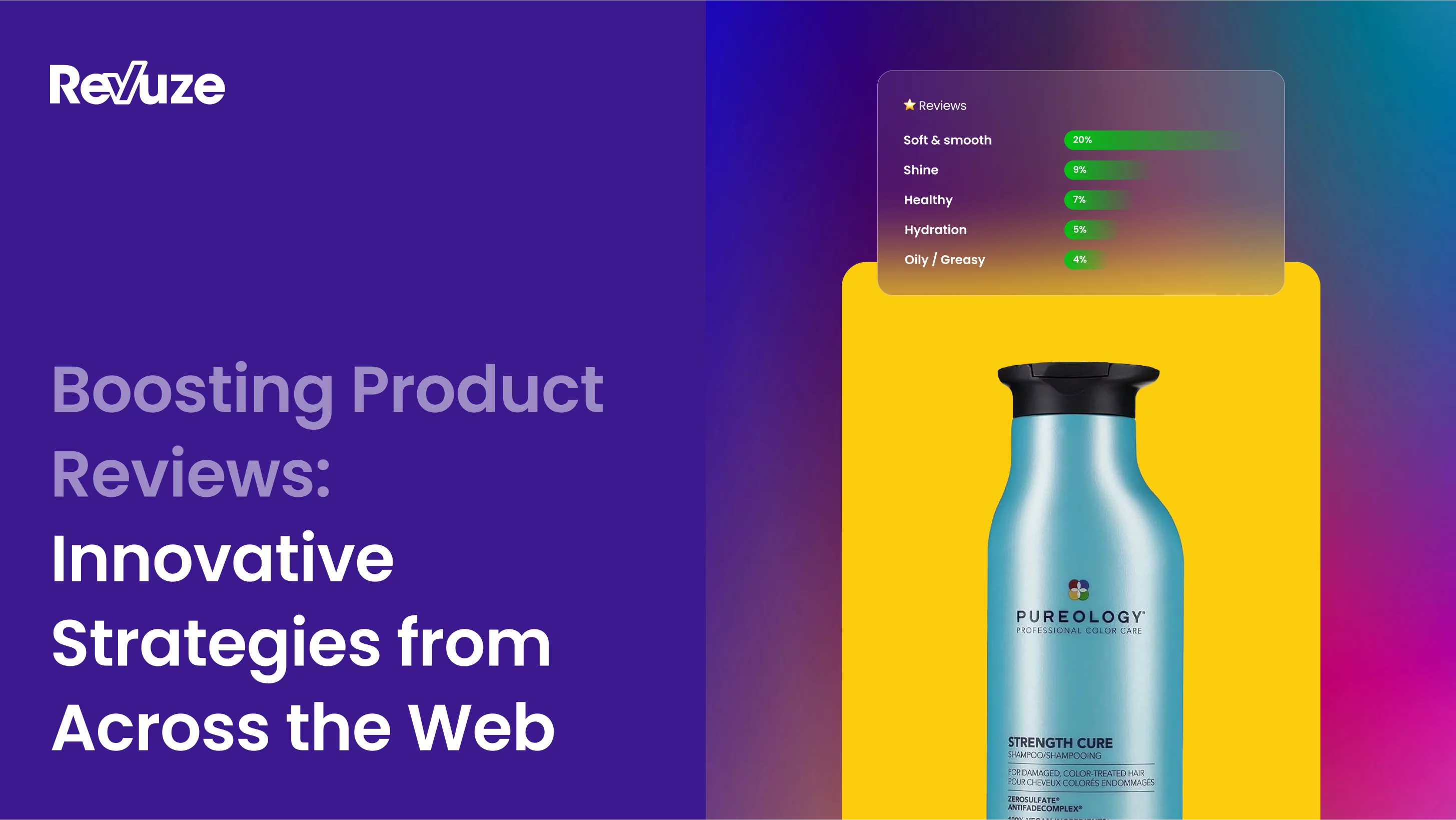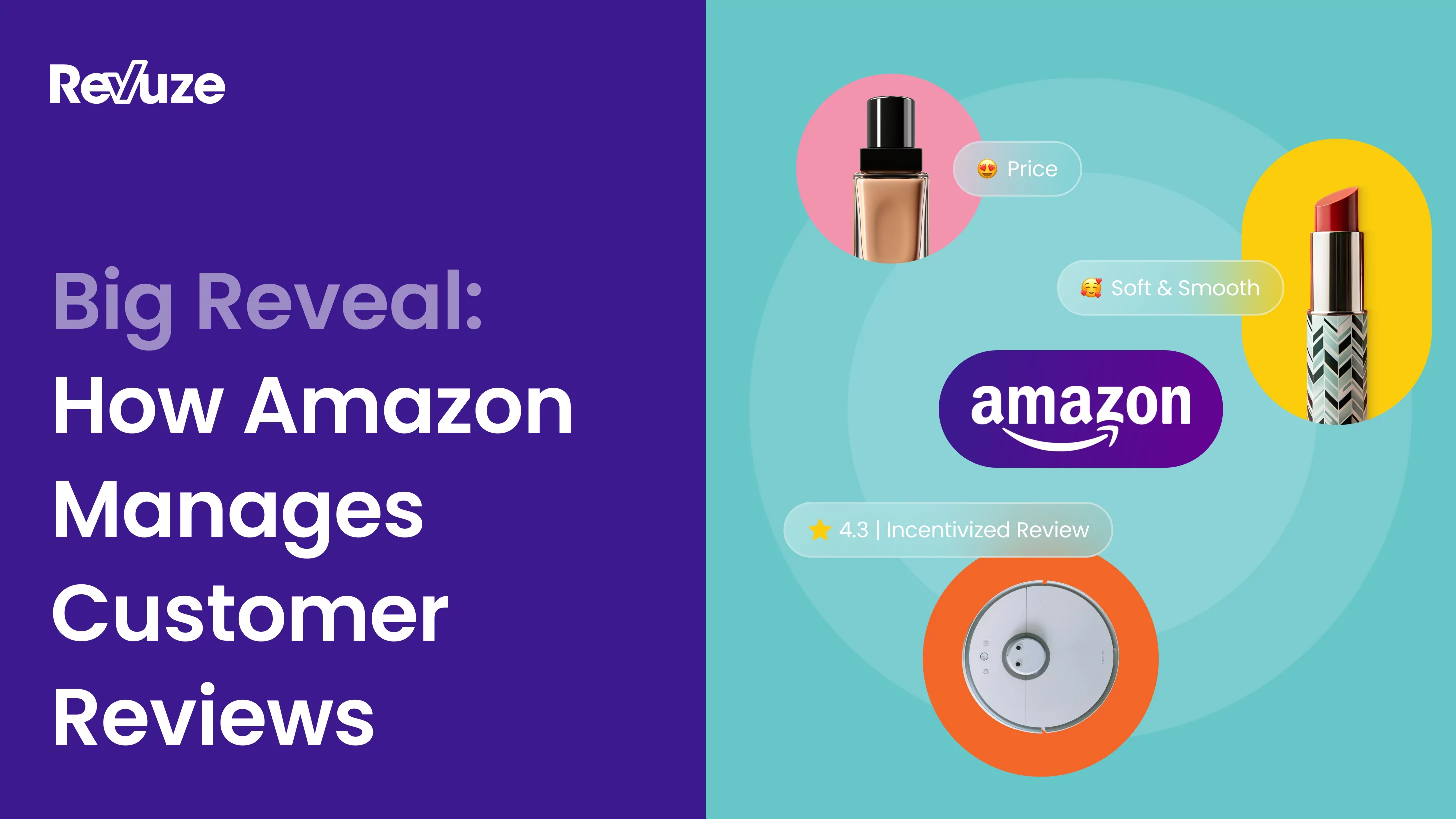
There’s no single right way to get into the heads of your customers. As a consumer insights pro, you have an entire toolbox of options when it comes time to get answers to your most pressing business questions.
Sometimes the situation will call for customer satisfaction surveys. Other times, the problem will be complicated enough to warrant hiring a consultant for market research services.
Here, we want to talk about how valuable focus groups can be for collecting consumer insights. When used properly, focus groups can “give you a visceral, personal, unscientific reaction to little brainstorms. They can help you push something farther and farther to see what grabs people.”
But conducting focus groups can be tricky. There are a lot of contributing factors to success and one misstep can lead to irrelevant consumer insights.
The following 6 keys to focus groups will help ensure that your focus groups are as successful as possible for getting inside the heads of consumers.
1. Know if a Focus Group is the Right Approach
No matter what market research project you’re starting, you want to start with a hypothesis. Having a clearly-defined hypothesis is your key to deciding whether a focus group is the best approach to getting the consumer insights you’re looking for.
If 1:1 answers can answer your questions, your budget may be better spent on surveys, interviews, and reading customer reviews. That’s not to say that focus groups can’t help at all, but they shouldn’t be your main consumer insights tool.
Sometimes it can be difficult to determine whether you need 1:1 survey responses or focus group discussions. These two examples should give you a better idea of when a focus group is most appropriate:
- Strong Focus Group Use Case: One of our Revuze customers—a vacuum manufacturer—found that product reviews indicated that people were unhappy with their power cords. Many said they were having trouble rolling up the cord, so the manufacturer decided to run a focus group. By getting customers together in the right environment, this company found that many customers were simply rolling up the cord incorrectly. It was a usability issue rather than a consumer sentiment problem that could have been spotted by surveys or other methods.
- Weak Focus Group Use Case: Most new products go through focus groups either before or after launch. We can imagine that the situation was no different for Tide Pods. In a focus group, the concept of pre-measured laundry detergent probably played well with consumers. But it’s hard to envision even the most talented focus group moderators uncovering the problems that would come later—complaints of staining and teenagers challenging each other to eat the product. If long-term usage feedback is what you need, a focus group won’t be the best approach.
2. Choose Your Project Manager and Moderator
Once you’ve narrowed down your hypothesis and determined that a focus group is necessary, you need to decide who will run the project. Will you run it internally, or hire outside help?
But it’s not just about the high-level “in-house vs. outsource” question. It’s just as important to choose the right moderator. As you evaluate your options, these are few of the key questions you’ll want to answer:
- Do they have the industry experience and training necessary to get the insights you need?
- How objective will they be during the process?
- Will they be able to adapt quickly and improvise as the focus group proceeds?
- Can they handle potentially uncooperative participants who could drown out valuable responses from quieter consumers?
- Have they provided a list of references that can vouch for their success as a moderator?
3. Find the Right Location (or Locations)
The point of a focus group is just that—to focus. And as a result, you’re not getting a general consensus that applies across your entire customer base.
To run the most effective focus group, you have to choose locations that align with your desired outcomes. In some cases, running one focus group in a particular region could be enough. But other times, you might need similar groups in multiple locations to account for regional differences.
Location decisions must also include the setting of your focus group room. The goal should be to choose a setting that closely aligns with the group discussion that will take place. Should it be a formal setting? Will an informal setting like a living room work best? Many companies that run focus groups will be able to provide you with different settings that align with your needs. You want your participants to be as comfortable as possible as they answer your questions so you can ensure the responses aren’t forced or inauthentic.
4. Decide Who Will Participate
Every focus group is unique. Much like location, the participants you choose should closely align with the hypothesis you set at the start. For example, you wouldn’t want a focus group full of Baby Boomers if your target demographic is Millennials.
The problem is that many in-house consumer insights pros struggle to build a diverse pool of potential participants to choose from. And when your pool of options is limited, you could end up with a less-than-ideal focus group.
If you work with a consultant for market research services, they may be able to help you get the right people in the door. But either way, you want to pay close attention to age ranges, gender mixes, demographics, and psychographics for the participants you select.
5. Build the Right Set of Questions
No matter how much preparation you do, there will always be some degree of unpredictability in a focus group. You can’t dictate exactly how participants will react to products and answer questions.
However, you should always start off with 10 or 15 questions to get the discussion going. These questions should be open-ended and directly aligned with your original hypothesis. While yes/no questions have a place in surveys, they’re the fastest way to stop focus group discussions in their tracks, so be sure to include many open-ended questions that will spark conversation.
If you’re concerned about unexpected responses or tangents from participants, create a discussion tree ahead of time. That way, you’ll have a map for getting back on subject even if participants aren’t cooperating.
6. Prepare Internally for the Focus Group with Product Feedback
Focus groups shouldn’t exist in a vacuum when you’re trying to gain consumer insights. You’ll certainly have unique goals and a defined hypothesis for the focus group on its own—but the best approach is to view this tool as one in a larger project.
With that mindset, you’ll be in a better position to prepare yourself for the focus group. Before you ever run the focus group, you can get into your customers’ heads by:
- Listening to customer support calls
- Reading call transcripts
- Scanning through customer reviews of your product and competitors’ products (directly online or via the Revuze platform)
Once you’re familiar with the issues your customers face, you’ll be able to further define your purpose for running a focus group and achieve better results.
Planning for a More Holistic Consumer Insights Practice
We can’t stress this enough—focus groups are just one of many tools in the consumer insights toolbox. Each tool plays an important role. But when used together, you’ll be able to create the ultimate consumer insights practice within your organization.
One key to success in your consumer insights practice will be self-service. It’s great to conduct surveys, run focus groups, and hire market research consultants, but the path to results can be a lengthy one.
AI-powered tools can supplement your traditional consumer insights practices to distill more relevant insights and free up valuable resources within your organization.
If you want to learn more about self-service consumer insights, download our free whitepaper that explains the role of AI in understanding your customers.
 All
Articles
All
Articles Email
Analytics
Email
Analytics








 Agencies
Insights
Agencies
Insights